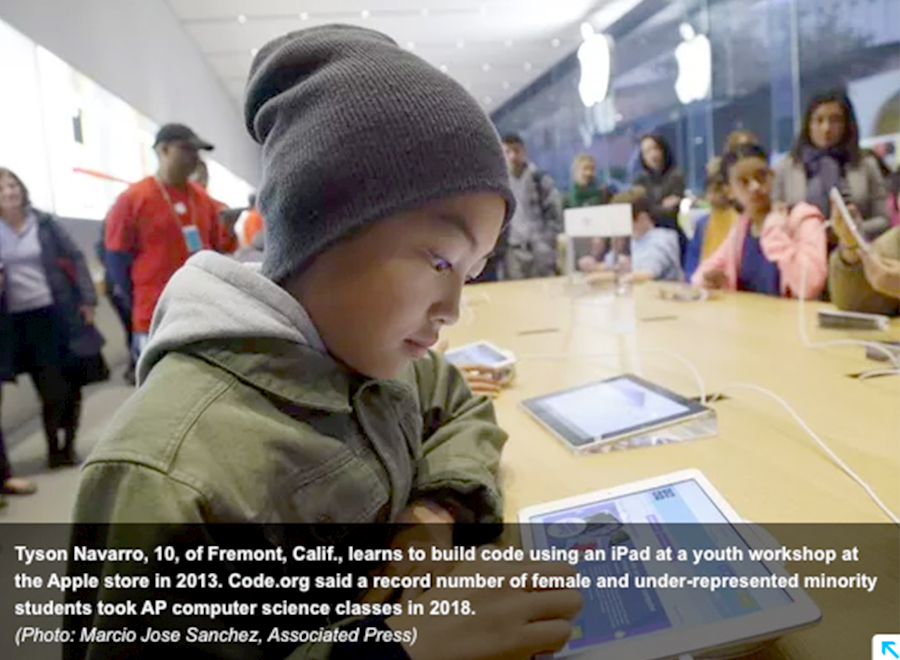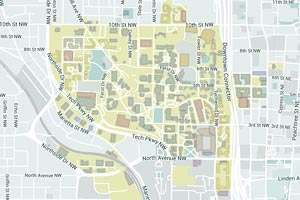
Slanted Perspectives
On August 27th, a USA Today article was circulated with the following headline: Female, minority students took AP computer science in record numbers. Wow! I imagine reading this headline may have turned heads and even caused some whiplash. The first thing I thought of was how very fortunate I am to have led the development of the AP Computer Science Principles (CSP) Curriculum Framework and managed the course and exam development for both AP CSP and AP CSA. Then I became increasingly disheartened as I read through the article. Raising my eyebrows I began to formulate incomplete conjectures…
Stating that 135,992 students took AP CS does very little to ascertain that female and minority students took AP CS in record numbers. Don’t conflate AP CSA and AP CSP data. Without providing further details about the total number of exam takers for each course AND which exam students are taking, I’m left with speculating that even IF the number of female and minority students taking these exams increased, overall trends in participation remains the same. Parents and teachers deserve to know the reality of the data in each of these courses.
It’s wonderful that Mr. Sweet, a teacher in Detroit, was featured in the article. Success stories like this one are very much needed. We also need to know the struggles and challenges that no one is willing to uncover and talk about. You know, the ones that don’t challenge the status quo. And yes, we should celebrate the increase of enrollment in each of these courses, but cautiously. It is what many computer science education efforts are aiming for, but in the larger picture increased participation doesn’t mean broadened participation. My biggest fear with this headline is that it will become a misleading notion that our work is done. By example, female and minority students are not taking AP CS in record numbers in south Atlanta.
The larger issue for me is how only a select few are able to obtain access to this data before the larger computer science education community can. National and state level AP data is not yet available publicly. It’s obvious that not all the details of AP CS exam takers are included in the article, but rather a synthesis of single perspectives disseminated to the entire computer science education community before any one of us have had an opportunity to make our own conjectures about what’s happening nationally, let alone in our own state or in our backyard. I am not a fan of this approach. And if it makes you feel better, I can feel the stings from karma. Because only some are privileged to have access to this data before anyone else it’s hard for me to not think these are slanted perspectives.



